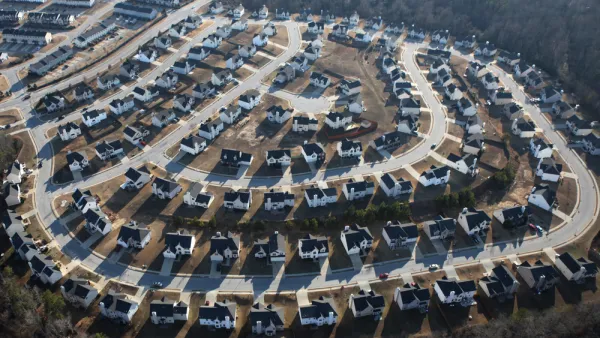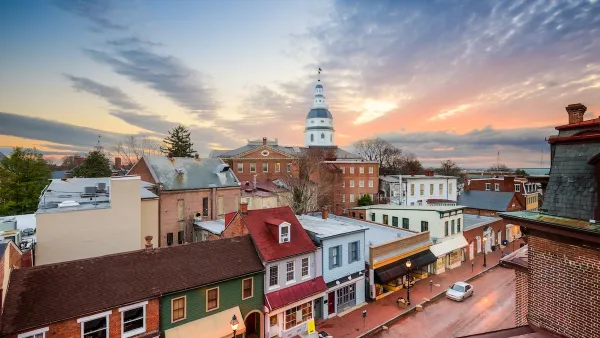The Oscar-winning film The Lives of Others recalls that famous question about governments who spy on their citizens: Who will watch the watchers? (Answer: Alberto Gonzalez.) A similar, if less cloak-and-dagger question applies to planning: Who will zone the zoners? While governments use zoning to keep polluting uses away from homes, what if the biggest polluter in a city is a government use?In most cities today, the most common polluting use is exempt from zoning: highways.
The Oscar-winning film The Lives of Others recalls that famous question about governments who spy on their citizens: Who will watch the watchers? (Answer: Alberto Gonzalez.) A similar, if less cloak-and-dagger question applies to planning: Who will zone the zoners? While governments use zoning to keep polluting uses away from homes, what if the biggest polluter in a city is a government use?
In most cities today, the most common polluting use is exempt from zoning: highways.
The dangers of highways to health is clear: children who live near a highway are twice as likely to develop asthma. If all that soot came from a single factory's smokestack, it would be in an industrial area far from homes. But along the edges of every interstate highway are fields that will one day be filled with houses, families, and children-a dangerous and incompatible use if there ever was one.
So if the land adjacent to heavy industry isn't zoned residential, doesn't it make sense to zone the land adjacent to highways for non-residential use as well? California has already considered a law requiring elementary schools be built at least 500 feet from highways, and New Haven residents are protesting plans for a new school next to two interstates. Prohibiting highways in residential areas and precluding new residential zoning along existing highways might change the calculus of highway building. It would no doubt be labeled an unfair burden. But the buffer zones may be less an unfair burden than a full assessment of the health costs of road building. They may even save money by preventing respiratory illness.
Keeping highways out of residential areas, or rezoning space along new highways for nonresidential use may make zoning once more an effective way to plan and protect citizens.

Analysis: Cybertruck Fatality Rate Far Exceeds That of Ford Pinto
The Tesla Cybertruck was recalled seven times last year.

National Parks Layoffs Will Cause Communities to Lose Billions
Thousands of essential park workers were laid off this week, just before the busy spring break season.

Retro-silient?: America’s First “Eco-burb,” The Woodlands Turns 50
A master-planned community north of Houston offers lessons on green infrastructure and resilient design, but falls short of its founder’s lofty affordability and walkability goals.

Test News Post 1
This is a summary

Analysis: Cybertruck Fatality Rate Far Exceeds That of Ford Pinto
The Tesla Cybertruck was recalled seven times last year.

Test News Headline 46
Test for the image on the front page.
Urban Design for Planners 1: Software Tools
This six-course series explores essential urban design concepts using open source software and equips planners with the tools they need to participate fully in the urban design process.
Planning for Universal Design
Learn the tools for implementing Universal Design in planning regulations.
EMC Planning Group, Inc.
Planetizen
Planetizen
Mpact (formerly Rail~Volution)
Great Falls Development Authority, Inc.
HUDs Office of Policy Development and Research
NYU Wagner Graduate School of Public Service



























